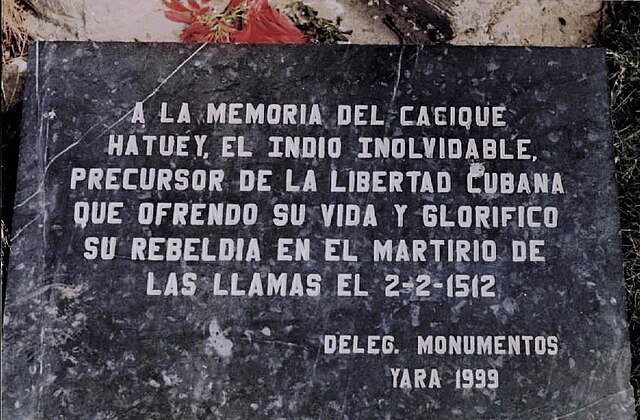Rebellion of Túpac Amaru II
The Rebellion of Túpac Amaru II was an uprising by cacique-led Aymara, Quechua, and mestizo rebels aimed at overthrowing Spanish colonial rule in Peru. The causes of the rebellion included opposition to the Bourbon Reforms, an economic downturn in colonial Peru and a grassroots revival of Inca cultural identity led by Túpac Amaru II, an indigenous cacique and the leader of the rebellion. While Amaru II was captured and executed by the Spanish in 1781, the rebellion continued for at least another year under other rebel leaders. Amaru II 's rebellion was simultaneous with the uprising of Túpac Katari in colonial-era Upper Peru.
An illustration of Túpac Amaru II from c. 1784-1806
A cacique, sometimes spelled as cazique was a tribal chieftain of the Taíno people, who were the indigenous inhabitants of the Bahamas, the Greater Antilles, and the northern Lesser Antilles at the time of European contact with those places. The term is a Spanish transliteration of the Taíno word kasike.
Túpac Amaru II, an Andean cacique[clarification needed] who led a 1781 rebellion against Spanish rule in Peru
Cangapol, chief of the Tehuelches, 18th century.
Hatuey monument plaque



